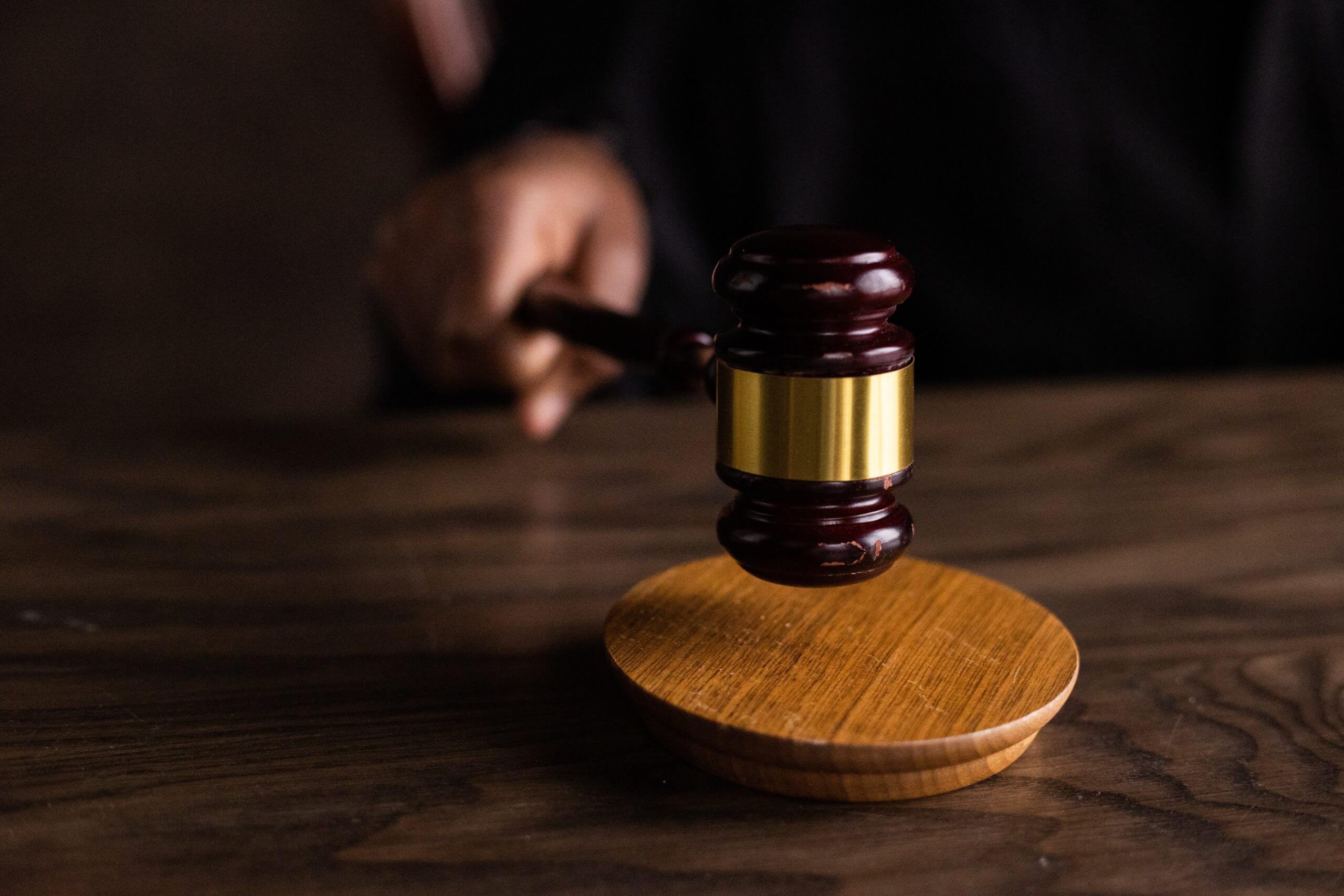
Rule 415 and Our Recent Verdict: Russell v. Chenevert
In June 2021, we brought a lawsuit on behalf of Julia Russell, a Maine resident who alleged that she was sexually abused by a family friend over three decades ago. The Defendant now lives in Florida, meaning he would have had the opportunity to remove the case to federal court. But in this case, we filed in federal court, as it was precisely where we wanted to be.
For personal injury plaintiffs, there are two significant disadvantages to federal courts: (1) you need a unanimous verdict (which can result in one hostile juror forcing the group to lower the award amount) and (2) in the First Circuit, a plaintiff is not permitted to ask the jury for a specific amount of non-economic damages.
But for two reasons, we wanted this case in federal court. First, cases in federal court in Maine move quite quickly toward trial, and this was a case we knew we would be trying. Second, and, more importantly, we hoped that, once the existence of the case became known, other victims would come forward, and our chance of getting their testimony before a jury was significantly higher in federal court.
Fed. R. Evid. 415
Federal Rules of Evidence 413-415 have no counterpart in the Maine Rules of Evidence. Rules 413 and 414 permit federal prosecutors to admit evidence of “other sexual assault” and “other sexual molestation” in criminal cases, while Rule 415 allows such evidence in civil cases. Rules 413-415 are exceptions to Rule 404(b)(1), which generally prohibits evidence of other crimes to demonstrate a defendant’s propensity. Rules 413-415 allow the admission of both charged and uncharged conduct: uncharged conduct may be admitted as long as it is conditionally relevant—that is, as long as a jury could reasonably believe it.
The Circuits are in general agreement that Rule 403–the gatekeeper rule that excludes evidence that is unfairly prejudicial, cumulative, etc.—applies to evidence otherwise admissible under Rule 415. The question is how Rule 403 applies. Obviously, were courts to use Rule 403 to keep out all such evidence, it would eviscerate Rules 413-415.
In Martinez v. Hongyi Cui, 608 F.3d 54 (1st Cir. 2010), the First Circuit settled on what appears to be the majority position, which is that Rule 403 should be used to keep out Rule 415 evidence where (1) the abuse is not sufficiently similar to the abuse at issue in the case; (2) the admission of the similar conduct would result in “mini-trials” that would waste time and confuse the jury; and (3) the testimony would be cumulative. As Judge Woodcock noted in his opinion in this case, evidence of other victims is, by definition, highly prejudicial; the relevant question, however, is whether the evidence is unduly prejudicial. As for the question of when such evidence becomes cumulative, that question is generally left to the discretion of the trial court, though at least in one case, the First Circuit has approved the use of three other victims. See United States v. Joubert, 778 F.3d 247, 255 (1st Cir. 2015). Even so, the Joubert Court noted that “the district court’s admission of testimony from three other victims strikes us as potentially cumulative.” Id.
The Other Victims in this Case
Immediately after filing this suit, our client gave an interview to Bill Nemitz, who wrote a piece about her story in the Sunday paper. Within a day of the article’s publication, we had received emails from two other women alleging that they were abused by the defendant—around the same time and in many of the same locations as Julia. Moreover, as with Julia, these other victims had parents who had been close friends of the defendant.
We moved in limine to admit their testimony, and, in a carefully reasoned opinion, Judge Woodcock held that both of them could testify. The Court explained that it was admitting the testimony of the other women because the similarities of the three women were “striking.” Russell v. Chenevert, 2022 U.S. Dist. LEXIS 140152, at *18 (D. Me. Aug. 8, 2022). Judge Woodcock went on to make an interesting point—that in a case concerning abuse that occurred decades prior and where evidence corroborated the abuse at issue is unavailable, the testimony of the other women had particular probative value: “[a]bsent [the testimony of the other women], the trial would come down to [Plantiff’s] word against [Defendant’s].” Id. at *15.
And so, the contours of the trial appeared to have come into focus. But then, there was an unexpected twist: in late 2022, after the Portland Press Herald ran another story about the case, another alleged victim—this time, a young man—came forward. We were less confident about our chances of getting his testimony in front of the jury, given the gender difference, as well as the testimony’s arguably cumulative nature. However, our client felt strongly that we should give any victims who the judge permitted to tell their stories at trial an opportunity to do so. Judge Woodcock did allow us to amend our witness list to include this young man, and he ordered his deposition to go forward. Ultimately, however, he ruled that, while it was a “close call,” “now adding a fourth victim, a fourth set of accusations, and a third “minitrial” tacked onto Ms. Russell’s case would be needlessly cumulative. and tips the scales of the Rule 403 balancing equation.” Russell v. Chenevert, 2023 U.S. Dist. LEXIS 7219, *24 (D. Me. Jan. 16, 2023). While we were disappointed, Judge Woodock’s decision in this instance, as before, was well-reasoned and hued closely to First Circuit precedent.
The Power of Propensity Evidence
At trial, the two other women testified towards the end of the case. Neither of them had a lawsuit of their own, or any other reason to fabricate claims about the Defendant, and both of them had disclosed their abuse before they knew of Julia’s stories. The bravery of these two young women, like the bravery of our client, was palpable in the courtroom. Their testimony was remarkably powerful.
At the end of the case, the jury rendered a verdict of $4.5 million dollars: $2.5 million in compensatory damages, and $2 million in punitive damages.
Could we have won this case without the testimony of these other women? We believe we could have, but of course we cannot know for sure. Either way, however, the testimony of the other victims was important, in our mind, for another reason. Child sex abuse cases are extremely disturbing, as they speak to one of the cruelest human impulses. But the testimony of these other victims allowed us to contrast the defendant’s conduct with human behavior of the most admirable kind. Two women, with nothing to gain by it, agreed to tell their stories to strangers and subjected themselves to vigorous and upsetting cross examination, all to help a woman they didn’t know. “Why are you willing to do this?” we asked both women when they contacted us and agreed to testify. Their answers were remarkably similar: “Julia came forward for us, and now we want to be there for her.”
In one of our darkest cases, these women were an extraordinary glimmer of light.

















